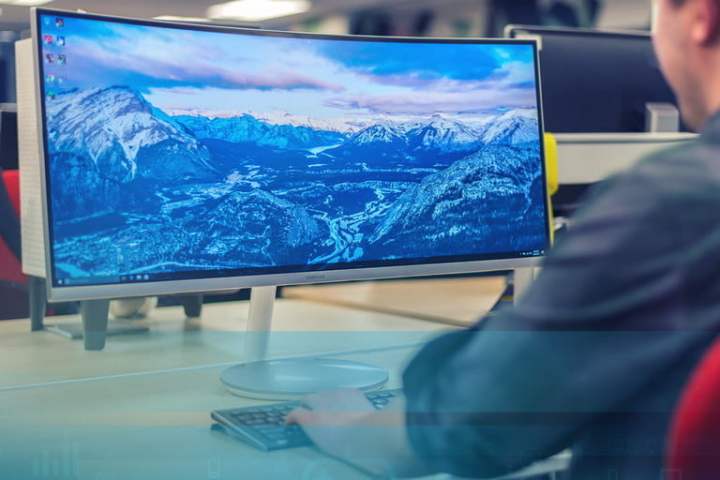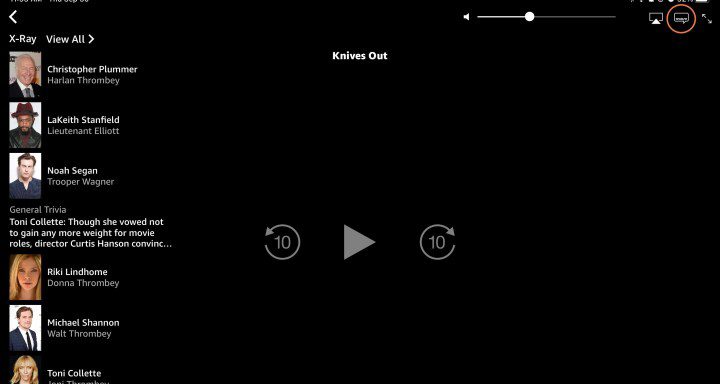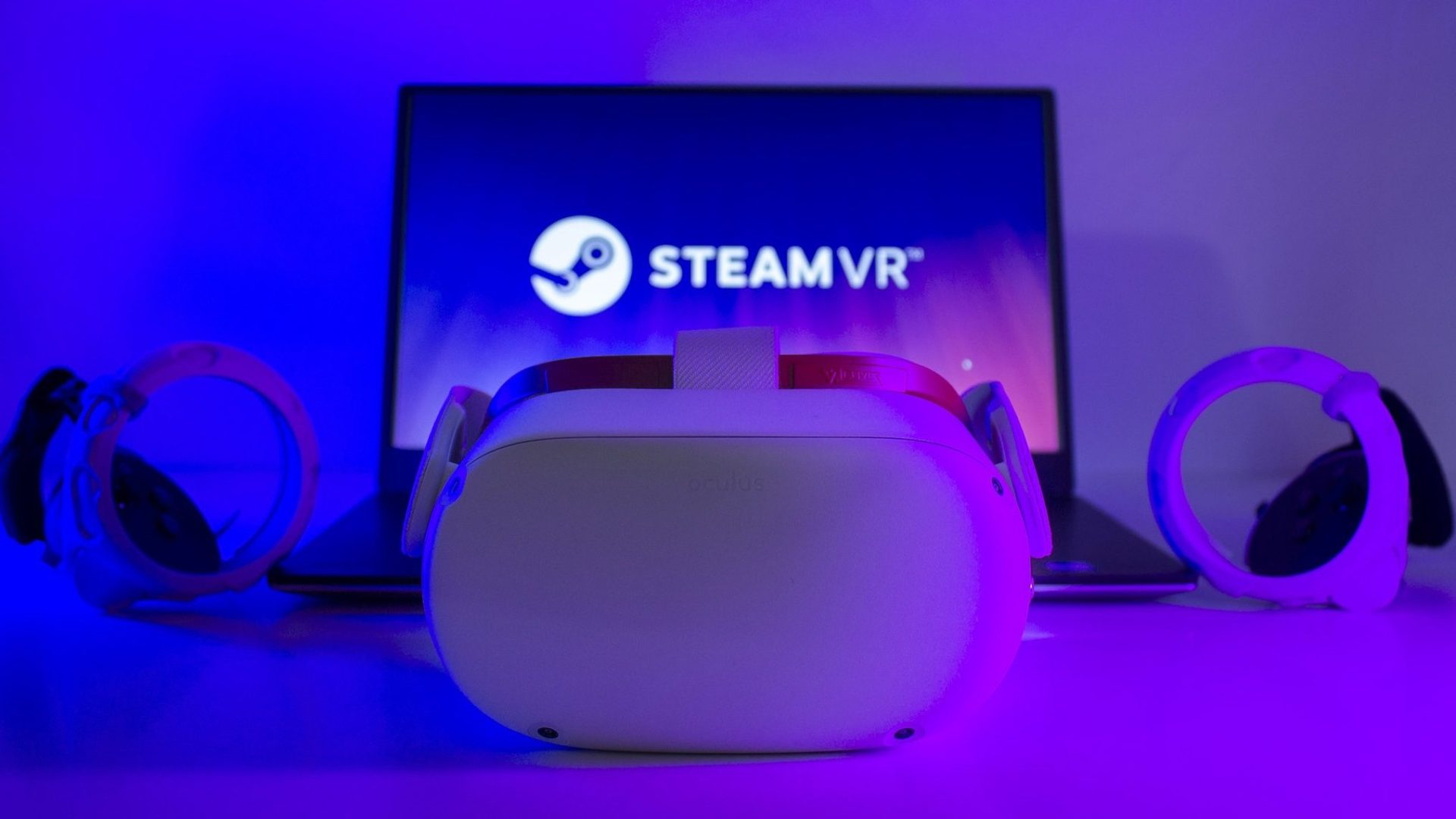Only one running watch brand admits its VO2 Max and recovery estimates aren’t perfect
Sunday (Image credit: Android Central) In this weekly column, Android Central Wearables Editor Michael Hicks talks about the world of wearables, apps and fitness technology related to running and health, in his quest to be faster and more in shape. In an age where fitness watches and smart rings use passive health data and hidden […]
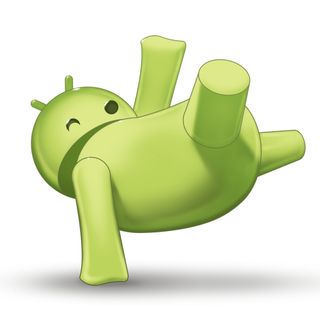
Sunday
In this weekly column, Android Central Wearables Editor Michael Hicks talks about the world of wearables, apps and fitness technology related to running and health, in his quest to be faster and more in shape.
In an age where fitness watches and smart rings use passive health data and hidden algorithms to assess your health and athleticism, Polar takes a direct-to-user approach. The Vantage V3 has a dedicated “Tests” section on everything from overnight recovery to ECGs to VO2 Max. And even though automatic tracking is more futuristic, I’m a fan of this alternative.
The annoying part of buying a new smartwatch is the learning period. You are promised the equivalent of a constant medical examination and a PE test on your wrist. But once you put it on, you’ll wear it for days or even weeks before the software shares its results or properly assesses your health and fitness.
Blame it on my inability to sleep soundly while wearing a smartwatch or the fact that this job requires me to change watches every few weeks, but it’s hard for me to maintain my interest in a new product long enough to take advantage of these features or think about looking for the information once they are finally ready.
On the fitness side, I can’t tell you how often the VO2 Max data on a smartwatch is woefully incorrect right off the bat, based on running data that couldn’t provide the information needed to wear that kind of judgment.
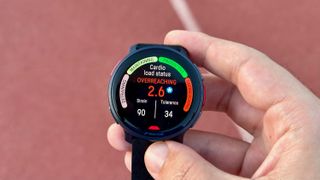
Polar isn’t that different from those other fitness watch brands in that it will also measure your VO2 Max, nightly recharge, and other data passively over time. But it also lets you take this into your own hands, so to speak, with its active testing section.
I can look at my “Cardio Load Status” to see if Polar’s algorithm thinks I’m ready to train or “go overboard” based on my abilities. But if the estimate doesn’t match my perceived energy level, Polar offers an orthostatic test that takes a snapshot of my heart rate and heart rate variability (HRV) while resting or standing.
A full night of HRV data will give Polar more data to work with. But if you don’t sleep with your Polar or wear another tracker to bed (like my Ultrahuman Ring Air), this gives you the information you need for a judgment after four minutes of relaxation.
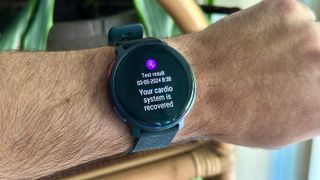
Better yet, Polar offers a “leg stiffness” test that measures your muscle recovery after running.
Every marathon runner after a race knows the feeling when their heart has recovered but their legs need an extra week. Other times, my legs are fine, but my exhausted heart treats a jog like a sprint. Despite this, most fitness watches combine cardiovascular and muscular recovery by necessity.
It would be nice if these watches could use running form analysis to adjust recovery time. I’m sure tired muscles affect our vertical lift or cadence or could unbalance our stride. Instead, Polar makes you jump up and down three times with your hands on your hips. After a few tests, you will get a baseline for your normal jumping abilities; if you fail, you know you’re not ready for a tough race.
I like that Polar allows me to check my physical recovery myself instead of blindly relying on the algorithm.
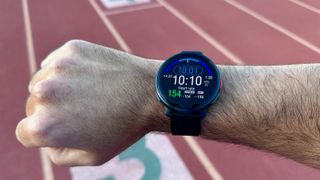
Next, we have my absolute favorite: Polar’s VO2 Max running test. I first tried it with the Polar Pacer Pro, one of my first running watch reviews, and I’ve happily returned to it now that I’m testing the Vantage V3. Essentially, this makes you slowly accelerate from 15:00/mile until you can no longer keep up the pace, for about 10-15 minutes of easy running at all.
I ended up tiring when hitting the sub-6:00 pace window and was rewarded with a 53. For context, that’s two points higher than my Garmin VO2 Max average (51). Polar calls it “Very Good” for my age and gender, while Garmin calls it “Excellent.” Either way, it’s an improvement over my VO2 Max from a year ago.
I don’t know which is more accurate; Garmin works off months of data, while Polar uses the traditional self-guided method. The only definitive The best way would be to go to a testing lab that measures your breathing on a treadmill.
Honestly, it doesn’t matter which is best. I just want several ways to test for myself.
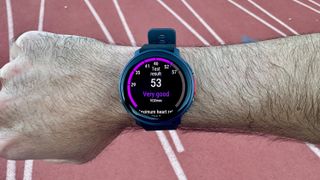
Increasing your VO2 Max is a long and arduous process of increasing your training load from week to week; The more you improve, the longer it will take you to earn a point. Sometimes I wondered whether or not I was In fact improves or if my Garmin Forerunner 965 and its algorithm simply rewards me for following the training load suggestions.
This is why it is so encouraging to be able to spot check your VO2 Max. Seeing that 53 validated all the hard trail runs and boring low-aerobic jogs I’ve done to try to improve over the past year.
It also triggered my competitive side: next time I do a manual VO2 Max test, I won’t do it to leave I’m left behind until I push further into the 5:XX range and get a higher score!
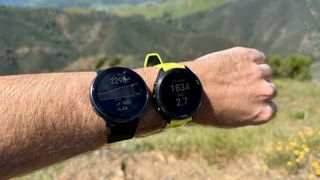
No matter which brand of smartwatch you buy, you have to trust its algorithm, with no way to change the numbers or peek behind the curtain. You have to trust a brand’s reputation, then spend weeks or months finding out if the algorithm really understands your fitness level and how often you need to rest.
But even with the most reliable, long-worn brand, things don’t always work perfectly. And that’s normal!
Polar’s algorithm is no more imperfect than other brands’ data. But the Vantage V3’s test suite is aimed at athletes who want to check Polar’s suggestions for themselves, especially early on in using the watch, and I appreciate that Polar doesn’t insist on a reliance blind, like other brands do.
My review of the Polar Vantage V3 will be completed next week. So far it has performed pretty well in a fitness test against COROS and Garmin. I like its comfortable design and easy access to specific tools, like tests, with the press of one or two buttons.
More relevant to this discussion, I hope Polar continues to expand this testing section over time. It offers fitness tests for running, walking and cycling, all variations on the same theme, as well as recovery tests. Perhaps Polar could offer a climb/stair test to see how well you handle altitude gain or an arm strength test to accompany its indoor exercise recommendations.
Dedicated athletes are competitive people, and when you give them a way to test and compete with themselves and their own fitness results, it’s always a recipe for success.







